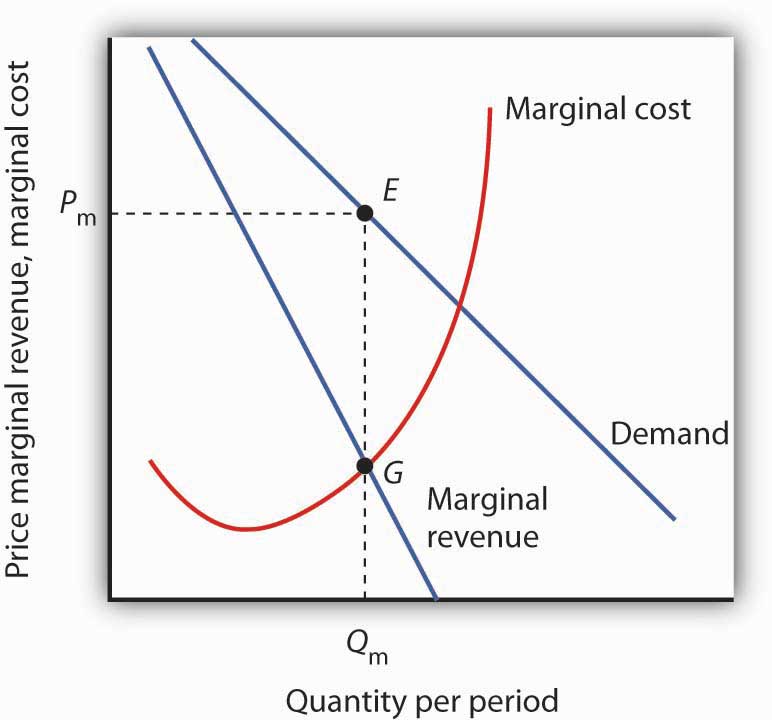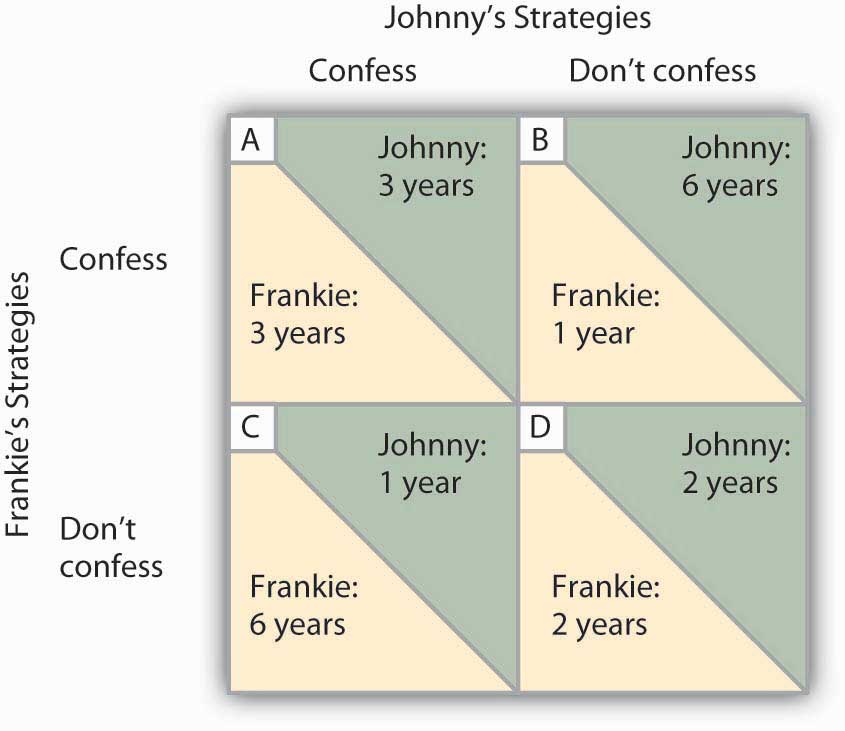Unit 4 Imperfect Competition
1/22
Earn XP
Name | Mastery | Learn | Test | Matching | Spaced |
|---|
No study sessions yet.
23 Terms
definition of a monopoly
A market structure where a single company controls the supply of a good or service, giving them significant market power and the ability to set prices.
2*. List and explain the characteristics of monopoly. What does it mean that the monopolist is a “price searcher”?
Single seller, Unique product, High barriers to entry, Price maker Price searcher means the monopolist sets prices by researching demand, unlike a price taker in perfect competition.
explain the term “barriers to entry”, including how they sometimes result from government actions.
obstacles that make it difficult for new firms to enter a market. Government actions, such as licensing requirements or high taxes, can create barriers by increasing costs and limiting competition.
examples of barriers to entry for a monopoly
geographic location, patents, economies of scale, exclusive ownership of raw material, large capital investment, and government action such as tariffs or licenses.
Explain the idea of a “natural monopoly”, and how economies of scale relate to this market structure.
occurs when one firm can efficiently serve the entire market due to economies of scale, which occur when the ATC falls as producer becomes larger, making it impractical for other firms to enter.
Why is the Demand curve downward sloping and why is the Marginal Revenue curve below the Demand curve?
Demand curve slopes downward due to the law of demand - as price decreases, quantity demanded increases. Marginal Revenue is below demand curve because the monopolist must lower the price of all units in order to sell additional units.

Explain how the “price effect” and the “quantity effect” impact marginal revenue for the monopolist.
Price effect and quantity effect impact monopolist's marginal revenue. Price effect reduces MR due to lower price, while quantity effect increases MR as more units are sold.
Explain the relationship between the MR curve and the elasticity of the demand curve. Explain what portion of the demand curve the monopolist will always operate in and why this is the case.
The MR curve lies below the demand curve due to price discrimination. Monopolists operate in the elastic portion of the demand curve to maximize profits.
Price Discrimination
the practice of charging different prices to different customers for the same product. It is different from price differentiation, which involves offering different versions of a product at different price points.
Compare the profit maximizing price and output of a monopolist to that of a perfectly competitive market. Demonstrate how the monopolist is inferior to competition from society’s perspective. In other words, why are monopolies bad for society? Be sure that you can use both the concepts of productive and allocative efficiency, as well as identifying the deadweight loss that results from monopoly.
Price & Output: Monopolist sets higher price, lower output compared to perfect competition.
Inferiority of Monopolist: Monopolies lead to lower output, higher prices, less efficiency (productive & allocative), and create deadweight loss, harming society.
Briefly explain the main options for government regulation of monopolies (social optimum and fair return).
Social Optimum: Government sets output level where marginal cost equals marginal benefit to achieve efficient allocation of resources.
Fair Return: Regulate prices to ensure monopolist earns a fair rate of return on investment.
Explain the characteristics of monopolistic competition. What key things distinguish it from perfect competition?
market structure with many firms selling differentiated products. Key differences from perfect competition include product differentiation, some degree of market power, and non-price competition.
Demonstrate the long-run equilibrium of monopolistic competition. Why do we tend toward zero economic profits in the long run? Is the long run in monopolistic competition efficient? Explain why or why not.
In the long run, monopolistic competition leads to zero economic profits due to firms adjusting output and prices. However, it is not efficient as firms produce below the minimum average total cost, leading to allocative inefficiency.
Explain oligopoly and the interdependence of firms.
market structure where a few large firms dominate, leading to interdependence as their decisions impact competitors' strategies.
Explain the reasons why oligopolies occur, including vertical and horizontal mergers.
occur due to few large firms dominating the market, often through vertical integration (control of supply chain) or horizontal mergers (merging with competitors).
What is a concentration ratio and how does it relate to oligopoly? Be able to calculate a concentration ratio.
Measures market share of top firms in an industry. Higher ratio indicates more market power. Calculated by summing market shares of top firms. high concentration ratios suggest market control by a few dominant firms.
How to calculate HHI
squaring the market share of each firm competing in the market and then summing the resulting numbers. For example, for a market consisting of four firms with shares of 30, 30, 20, and 20 percent, the HHI is 2,600 (302 + 302 + 202 + 202 = 2,600).
Explain the basics of game theory in economics, including cooperative and non-cooperative games. Explain how the prisoner’s dilemma and the tit for tat strategy relate to the oligopolist’s decision regarding what prices to charge.
studies strategic interactions between firms. Cooperative games involve collaboration, while non-cooperative games focus on self-interest. The prisoner’s dilemma illustrates the conflict between individual and group interests. The tit for tat strategy involves reciprocating actions. Oligopolists use these concepts to decide on pricing strategies.
Analyze a payoff matrix to understand the choices a firm will make in an oligopoly. In particular, be able to identify whether a firm has a dominant strategy, and whether the matrix contains a “Nash Equilibrium”.
Tool used to analyze firm choices in an oligopoly. Identifies dominant strategy and Nash Equilibrium, crucial for decision-making in competitive markets.

Explain the terms “collusion”
Collusion is an agreement between firms to manipulate market outcomes.
Briefly explain a few strategies that oligopoly firms use to limit the entry of competitors into the market.
Barriers to entry in oligopoly include high start-up costs, control over key resources, economies of scale, and aggressive marketing tactics to deter new entrants.
Explain the term “cartel”.
a formal agreement among firms to control prices.
What is the difference between formal and tacit collusion?
Formal collusion is explicit, while tacit collusion is implicit.